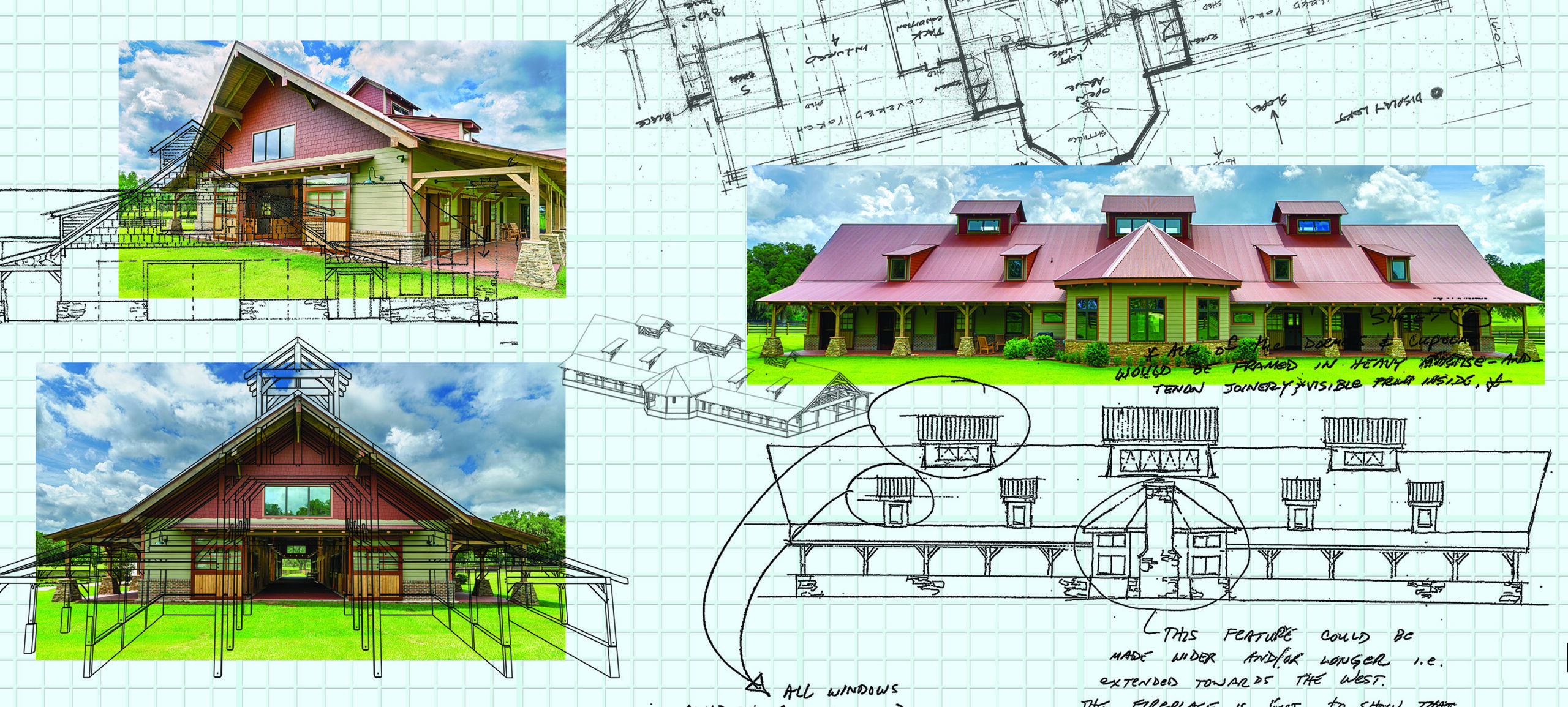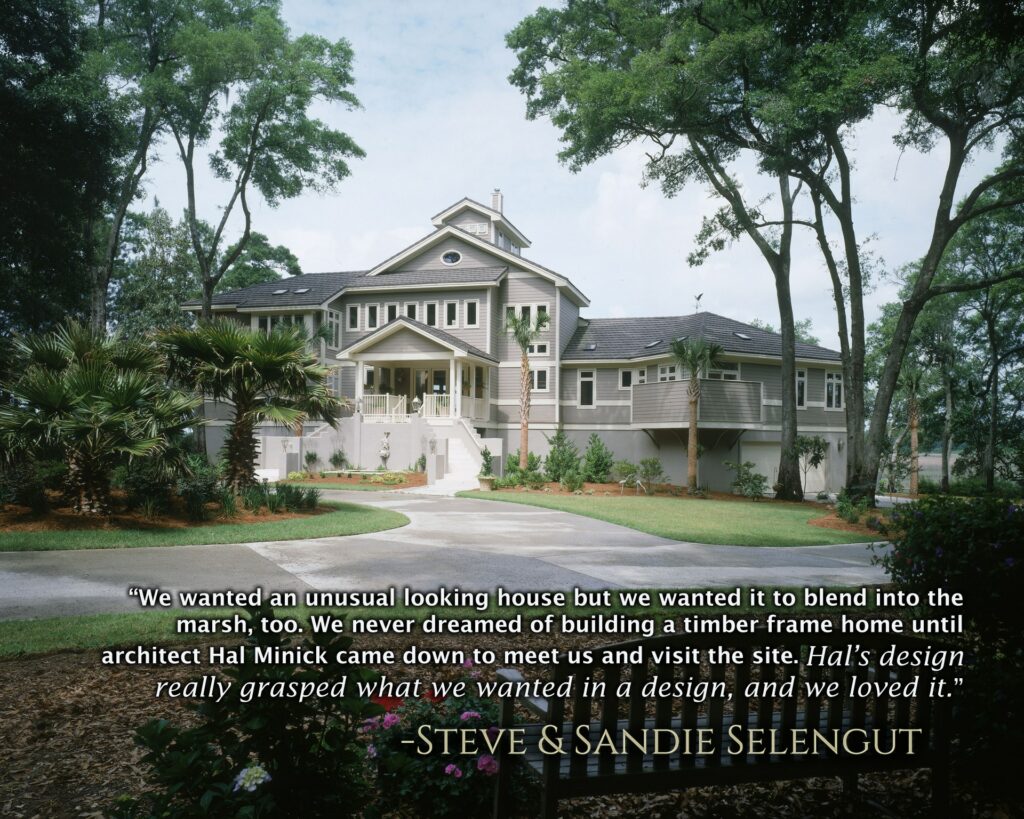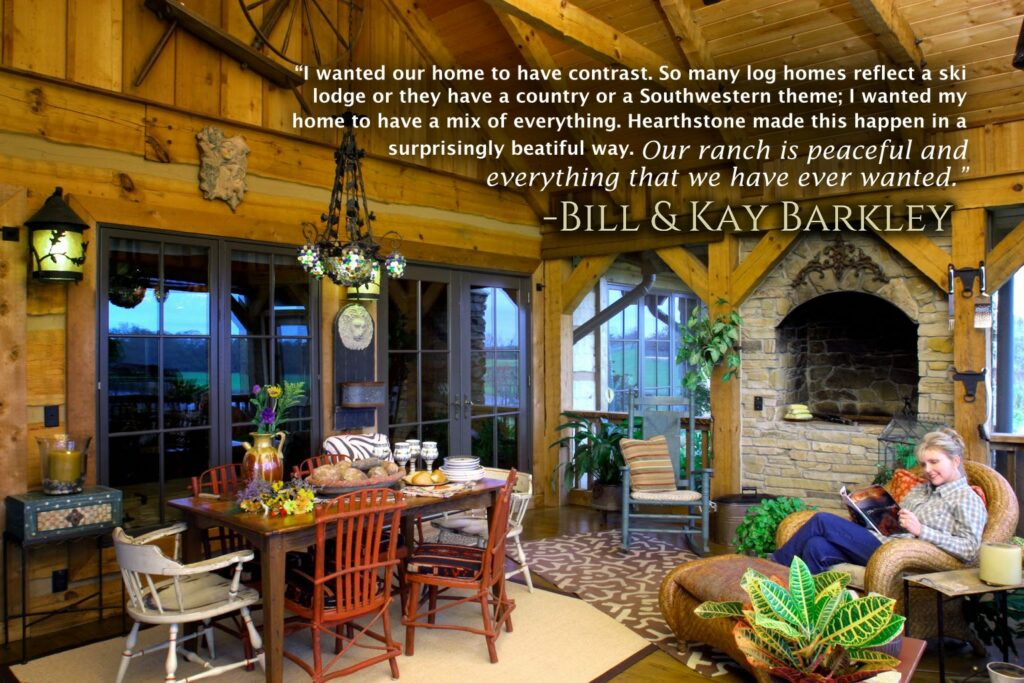Chris Wood was honored for a lifetime of service and achievement in advancing the systems-built industry and contributing to the efforts of the BSC by The Building Systems Councils (BSC) of the National Association of Home Builders (NAHB).
Wood, vice president of sales for Hearthstone Homes in Dandridge, Tenn., received the S.A. Walters Systems-Built Achievement Award presented by former S.A. Walters’ recipient, Lynn Gastineau of Gastineau Log Homes in New Bloomfield, Mo. at the 2012 BSC’s signature conference and networking event, Showcase.
The award is given annually to an individual who has made significant contributions to the building systems industry.
“This award recognizes those who have made an impact in our industry and in the Building Systems Councils,” said former S.A. Walters recipient and BSC chairman Dwight Hikel, owner of Shelter Systems Ltd. in Westminster, Md. “There is no greater honor than to be recognized by your fellow industry peers, and Chris Wood has earned this honor.”
After receiving an architecture degree in 1984 from Vermont Technical College, Wood entered the building systems industry as a post and beam field designer. Five years later he joined Hearthstone as a regional sales manager and in 2000 became the vice president of sales.
Wood does sales and marketing management for direct sales and nationwide independent distributors and also provides preliminary design services for customers. Read Full Article Here
Below are more of Chris Wood's impressive hand drawn sketches...

The Computer VS. the Hand in Architectural Drawing?Skip to Skip to Skip to What are your thoughts?
Retired Princeton professor Michael Graves shares his thoughts on the topic with The NY Times.
“IT has become fashionable in many architectural circles to declare the death of drawing. What has happened to our profession, and our art, to cause the supposed end of our most powerful means of conceptualizing and representing architecture?
The computer, of course. With its tremendous ability to organize and present data, the computer is transforming every aspect of how architects work, from sketching their first impressions of an idea to creating complex construction documents for contractors. For centuries, the noun “digit” (from the Latin “digitus”) has been defined as “finger,” but now its adjectival form, “digital,” relates to data. Are our hands becoming obsolete as creative tools? Are they being replaced by machines? And where does that leave the architectural creative process?
Today architects typically use computer-aided design software with names like AutoCAD and Revit, a tool for “building information modeling.” Buildings are no longer just designed visually and spatially; they are “computed” via interconnected databases.
Architecture cannot divorce itself from drawing, no matter how impressive the technology gets. Drawings are not just end products: they are part of the thought process of architectural design. Drawings express the interaction of our minds, eyes and hands. This last statement is absolutely crucial to the difference between those who draw to conceptualize architecture and those who use the computer.
As I work with my computer-savvy students and staff today, I notice that something is lost when they draw only on the computer. It is analogous to hearing the words of a novel read aloud, when reading them on paper allows us to daydream a little, to make associations beyond the literal sentences on the page. Similarly, drawing by hand stimulates the imagination and allows us to speculate about ideas, a good sign that we’re truly alive.”








